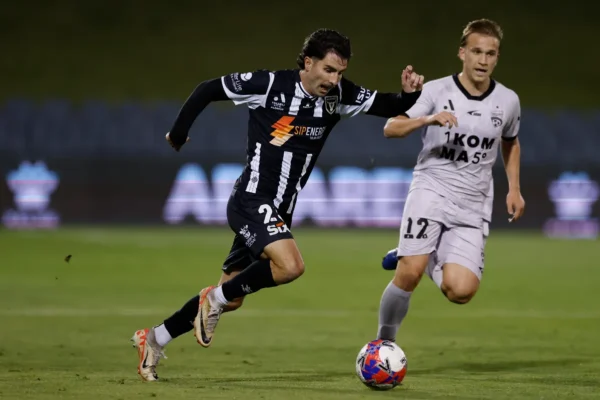
Thousands of Tasmanian school children are looking forward to returning to the football field, with the 2020 season set to get underway in Term 3.
Football Tasmania launched the 2020 season this past weekend, alongside their official partners for the year.
FT CEO Matt Bulkeley praised the football community for being able to work through the challenges presented by COVID-19.
“It has been a mammoth task getting players back on the pitch following COVID-19 and one that could not have been achieved without the hard work and co-operation of the entire football community,” he said.
“With more players than any other sport, the World Game is Tasmania’s Game and it’s been wonderful to see everyone come together to reboot football so Tasmanian children can again enjoy its vast array of health and social benefits.
“Going to play football on Saturday morning is a ritual for many Tasmanian families that has been missed dearly so far this year.
“Now we have the Term 3 restart date in place, these families and children in particular can start looking forward to returning to some level of normal and enjoying a heathy and connected life through football.”
Bulkeley welcomed new partners MyState Bank and SCA to the Tasmanian football setup, noting their contributions to get the season up and running.
“The generosity of MyState Bank and SCA has enabled us to put the measures in place to ensure all junior players and parents are able to attend matches in safety, including setting up hand sanitising stations at every ground across the state,” he said.
“In addition to helping at matchdays, MyState Bank and SCA will also sponsor a ball for each junior player during the season, allowing them to hone their skills at home and make 2020 their most successful season yet. It is wonderful to have both companies come on board as Major Partners of Football Tasmania.”
Football Tasmania encouraged all parents of junior players to check in with their local club or association before the beginning of the season.


















